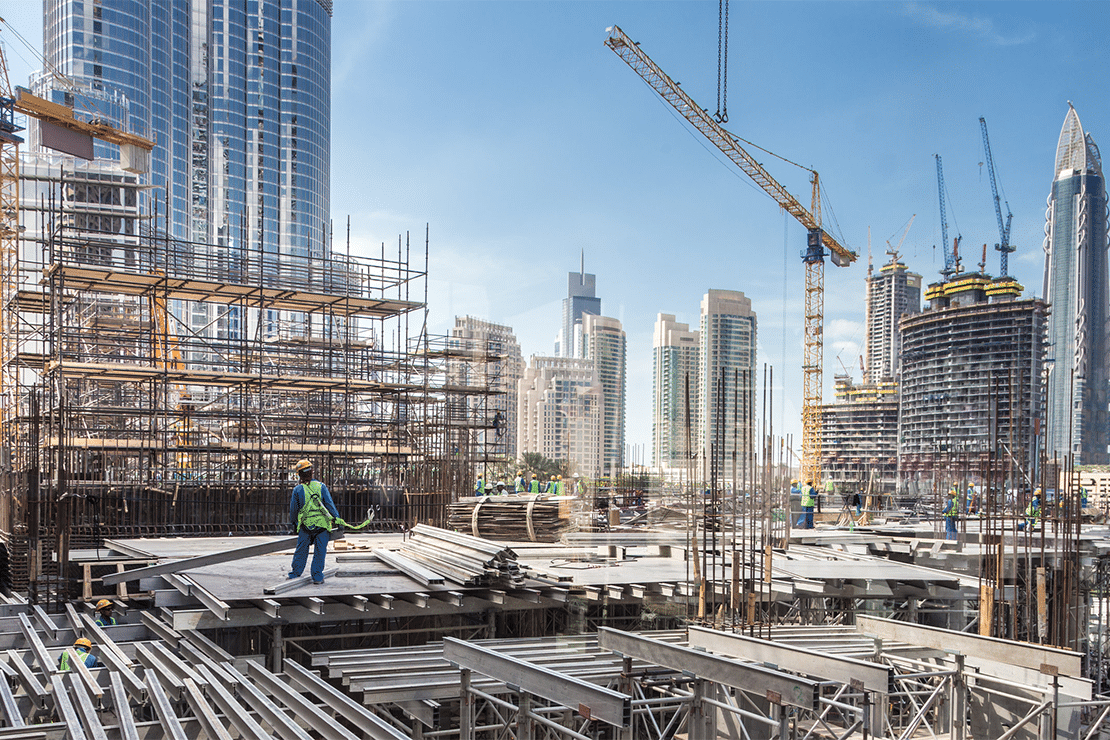The urgency to address the environmental impact of the built environment is more pressing than ever. Responsible for a staggering 40% of global emissions, the construction industry must take swift and innovative actions to significantly reduce its carbon footprint. This article delves into how technology, data, and innovation are becoming catalysts for change in the construction sector’s response to the climate emergency.
Embracing Technological Advancements: While the construction industry has historically been slower to embrace digital transformation compared to other sectors, recent years have witnessed a notable shift. Architects and contractors are now wholeheartedly adopting both online and offline technologies, especially in their efforts to combat climate change.
Prioritizing Operational CO2 Reduction: A key focal point in this transition is the reduction of operational CO2 emissions. The 21st century has seen remarkable improvements in the energy efficiency of new-build properties. The adoption of energy-efficient HVAC systems and LED lighting as standard features has played a pivotal role in achieving these lower-carbon assets. The evolution of building regulations has further accelerated change, particularly within the residential market. Architects are now prioritizing energy efficiency in their designs, utilizing modeling techniques and specifying smarter components to minimize emissions from mechanical and electrical systems. This sustainability-focused approach is extending its influence into the realm of commercial real estate as well.
Rising Challenge of Embodied Carbon: However, the story is more complex than just operational carbon reduction. Paradoxically, as operational carbon has decreased over the past two decades, embodied carbon—emissions associated with the production of building materials and construction processes—has risen. Structural elements now account for a significant two-thirds of a building’s carbon footprint. Thus, the spotlight has turned to lowering embodied carbon emissions during both material manufacturing and construction phases to achieve holistic carbon neutrality.
Lobbying for Change and Tangible Standards: Thankfully, the construction industry is taking substantial steps to address this challenge. Many construction firms are actively advocating for changes in building regulations, pushing for mandatory emission reporting and limitations on embodied carbon in projects. However, the efficacy of such lobbying efforts hinges on their translation into concrete and enforceable standards. The urgency is palpable, as the timeline to achieve Net Zero 2050 objectives is rapidly narrowing. Forward-thinking nations like the Netherlands have already implemented caps on whole-life emissions for new construction projects over a five-year period, quantifying CO2 emissions as a Euro-per-M2 cost.
The construction industry’s response to the climate emergency is gaining momentum through the integration of technology and innovative strategies. While the sector has made significant strides in reducing operational CO2, the rising challenge of embodied carbon cannot be ignored. It is imperative that construction firms not only advocate for change but also actively drive the transformation towards enforceable standards. With time ticking to meet ambitious climate goals, the industry’s commitment to reshaping its carbon footprint will play a pivotal role in achieving a sustainable and resilient future.


